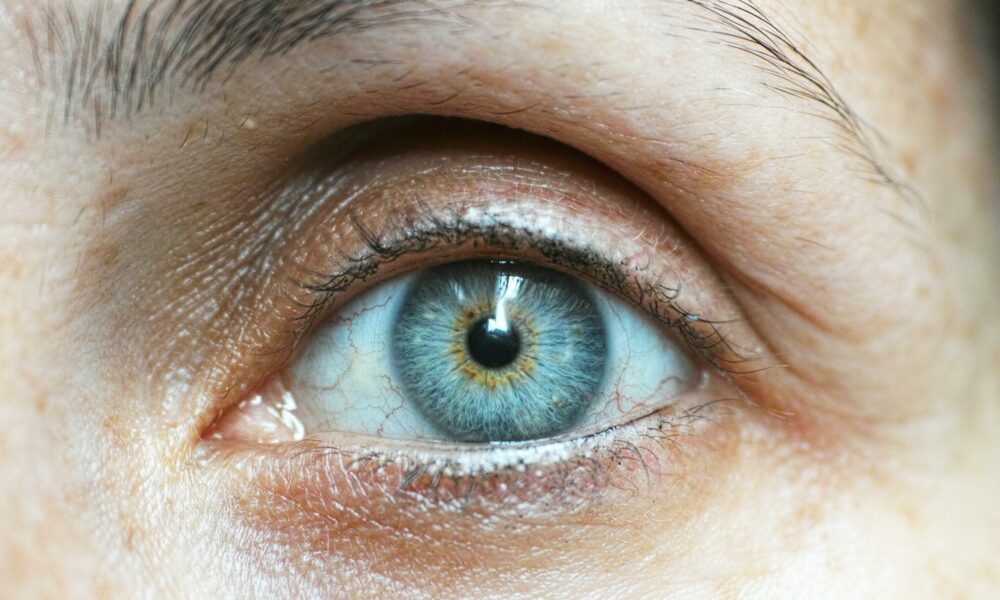AVIF: Revolutionizing Web Images in the Age of Speed and Quality

In the ever-evolving landscape of web technology, image formats play a crucial role in shaping user experience and website performance. Enter AVIF (AV1 Image File Format), the latest contender in the world of digital imagery that’s set to revolutionize how we view and share images online. As web developers and content creators, it’s time to sit up and take notice of this game-changing format that promises to deliver superior image quality at significantly smaller file sizes.
With the rise of AVIF, there’s been an increase in demand for tools that can convert between various image formats. These converters are becoming essential for web developers and content creators looking to stay ahead of the curve in image optimization.
The JPEG Legacy and Its Limitations
For three decades, JPEG has reigned supreme as the go-to format for web images. Its widespread adoption is evident, with Web Technology Surveys reporting its use on over 75% of websites. However, as our digital world demands faster load times and higher quality visuals, JPEG’s limitations have become increasingly apparent:
- Inefficient compression leading to larger file sizes
- Quality degradation with heavy compression
- Lack of support for transparency and animations
These shortcomings have spurred the search for more efficient alternatives, bringing us to the doorstep of AVIF. While JPEG remains widely used, many are now exploring the benefits of AVIF and considering how it compares to other formats. For instance, some are looking into converting AVIF to PNG to leverage AVIF’s compression while maintaining PNG’s widespread compatibility and lossless quality.
AVIF: The New Kid on the Block
Finalized in 2019, AVIF is an open-source image format that’s rapidly gaining traction in the tech world. But what makes AVIF stand out in the crowded field of image formats?
Superior Compression
AVIF’s claim to fame is its ability to deliver high-quality images at significantly smaller file sizes compared to JPEG. This efficiency in compression is not just a marginal improvement – it’s a quantum leap forward.
Wider Color Gamut
AVIF supports a broader range of colors, allowing for more vibrant and true-to-life images. This is particularly crucial for websites showcasing photography, art, or products where color accuracy is paramount.
Support for Transparency and Animation
Unlike JPEG, AVIF supports transparency and can even handle animations. This versatility makes it a potential one-stop solution for various image needs on a website.
Improved HDR Support
For websites that want to leverage High Dynamic Range (HDR) content, AVIF offers native support, allowing for images with greater contrast and more vivid colors.
The Tech Giants’ Seal of Approval
The adoption of AVIF by major players in the tech industry speaks volumes about its potential:
- Google Chrome added support for AVIF in August 2020
- Microsoft Edge recently joined the party, becoming the last major browser to support the format
- Netflix has been a vocal advocate, demonstrating AVIF’s superiority in image quality at smaller file sizes
Real-World Impact: A Case Study
Netflix’s technical team provided a compelling demonstration of AVIF’s capabilities. They compared AVIF and JPEG images compressed to around 80,000 bytes (0.08MB):
- The AVIF image remained remarkably close to the high-quality original
- The JPEG showed significant color banding and loss of detail, rendering it unusable at that size
This real-world example highlights AVIF’s potential to dramatically improve image quality while reducing file sizes, a win-win for both website performance and user experience.
Implementing AVIF: Challenges and Solutions
While AVIF’s benefits are clear, implementing it across your website can seem daunting. Here are some challenges you might face and how to overcome them:
- Browser Compatibility: While major browsers now support AVIF, some older versions don’t. Use a fallback system to serve JPEG or WebP images to non-compatible browsers.
- Conversion Process: Converting your existing image library to AVIF can be time-consuming. Fortunately, there are various online tools and converters available that can streamline this process, allowing you to easily convert images to AVIF format.
- Optimizing for Different Devices: AVIF shines on high-resolution displays, but you might want to serve different versions for various devices. Implement a responsive image solution to serve the most appropriate image version.
- SEO Considerations: While Google recognizes AVIF, ensure your images have proper alt text and are included in your sitemap for optimal SEO performance.
The Future is AVIF
As we move towards a web that demands both speed and quality, AVIF stands poised to become the new standard in image formats. Its superior compression, wider color gamut, and support for advanced features make it an attractive option for developers and content creators alike.
Embracing AVIF today means preparing your website for the future – a future where images load faster, look better, and contribute to an overall superior user experience. Don’t let your website get left behind in the image revolution. Explore AVIF and take the first step towards a more efficient, visually stunning web presence.





